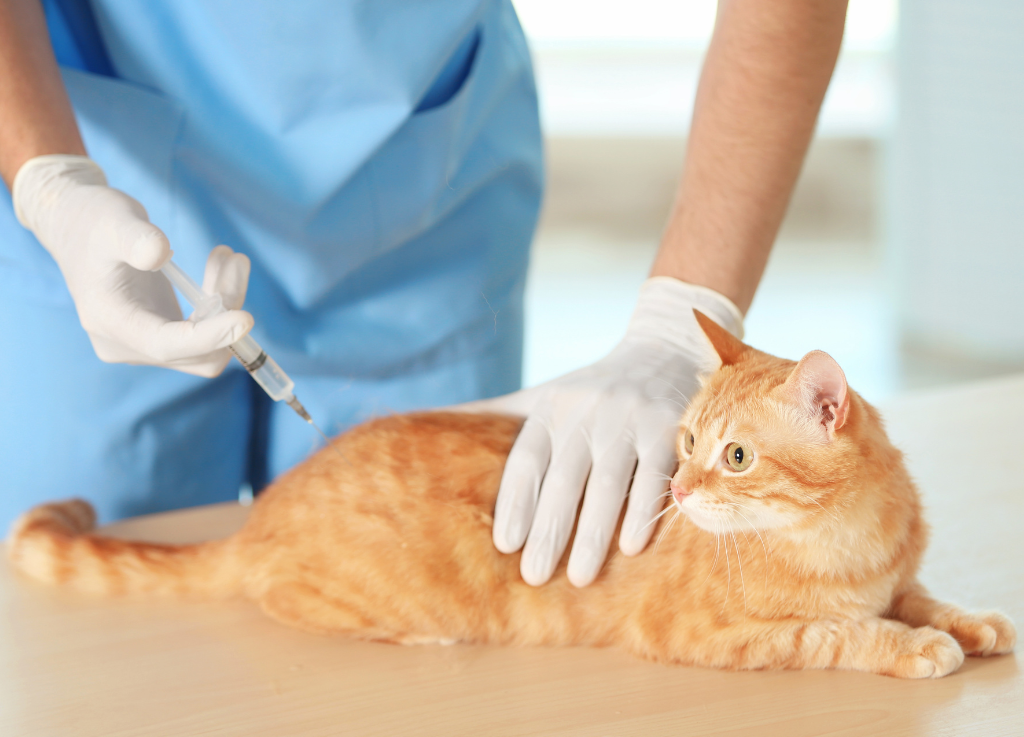Feline diabetes, an increasingly common non-communicable disease (NCD) affecting 0.5–2% of cats, is largely driven by inappropriate, high-carbohydrate diets marketed as “healthy.” These diets, unsuitable for obligate carnivores, disrupt glucose metabolism and fuel insulin resistance, vascular damage, and systemic inflammation, mechanisms closely linked with chronic kidney disease (CKD).
Well-meaning cat parents, misled by lax pet food regulations and deceptive marketing, often contribute to the problem unknowingly. Standard treatments like insulin act more as band-aids than cures, managing blood sugar without correcting the underlying metabolic imbalance.
Bloom Bioscience’s Revitalize Hydration and Revitalize Health & Immunity take a different approach: they fight fire with fire by using targeted nutritional support to help restore homeostasis. In this article, we explore the roots of feline diabetes, its link to diet, conventional treatments, and how Bloom’s products address the root causes, demonstrated through the case of a diabetic cat who achieved remission.
What Is Feline Diabetes?
Feline diabetes occurs when the pancreas fails to produce enough insulin, or the body becomes resistant to it, leading to persistent high blood sugar (hyperglycemia). High-carb commercial diets, often packed with grains and starches used as fillers and binders, overwhelm a cat’s limited carbohydrate-processing capacity, triggering insulin resistance and metabolic strain.
If left untreated, diabetes can progress to dangerous complications like diabetic ketoacidosis (DKA), dehydration, nerve damage, and organ failure.
Common Symptoms
- Increased thirst (polydipsia) – Excess glucose pulls water into the urine.
- Increased urination (polyuria) – A direct result of glucose excretion.
- Weight loss with increased appetite (polyphagia) – The body can’t utilize glucose.
- Lethargy – Sign of metabolic distress.
- Poor coat quality – Reflects systemic inflammation or dehydration.
- Other signs – Vomiting, dehydration, or a plantigrade stance (walking flat-footed).
If your cat shows any of these symptoms, consult your veterinarian promptly.
Causes and Risk Factors
While feline diabetes can have multiple contributing factors, inappropriate high-carbohydrate, highly processed, nutrient-deficient diets are the primary driver. Additional risk factors include:
- Obesity – Often a result of high-carb feeding.
- Age – Risk increases after age 7.
- Gender – Males are slightly more susceptible.
- Breed – Burmese cats are genetically predisposed.
- Medical conditions – Pancreatitis or hyperthyroidism can elevate risk.
- Medications – Long-term corticosteroid use increases susceptibility.
Diagnosis
Diagnosis requires blood and urine glucose testing. However, stress-induced hyperglycemia can cause false positives, so a fructosamine test is used to measure sustained glucose elevation over two weeks. It’s also essential to screen for CKD and pancreatitis, as these often overlap with diabetes in both symptoms and mechanisms.
Conventional Treatments: Managing, Not Healing
Most conventional treatments focus on blood sugar control, not on correcting the dietary imbalances and metabolic damage that caused the disease.
Insulin Therapy
Insulin injections are typically administered twice daily to regulate blood sugar. While effective at controlling symptoms, insulin does not address the systemic inflammation or vascular damage caused by inappropriate diets and may increase the risk of hypoglycemia.
Dietary Management
Low-carb, high-protein diets better align with a cat’s carnivorous metabolism and can help stabilize glucose. However, they do not reverse prior damage from years of nutrient-poor, high-carb feeding.
Monitoring and Veterinary Oversight
Routine glucose monitoring and regular vet checkups are essential for avoiding complications—but again, they manage rather than reverse the disease.
Oral Hypoglycemics
These are sometimes used in mild cases, but are less effective than insulin and still do not target the underlying dietary harm.
Bloom Bioscience: A Root-Cause Solution
Bloom Bioscience’s approach centers on nutritional support designed to counteract the metabolic, vascular, and inflammatory harm caused by high-carbohydrate diets. Unlike pharmaceuticals that suppress symptoms, Bloom products restore natural balance.
Revitalize Hydration
Diabetes often leads to dehydration, which places additional strain on the kidneys and circulatory system, much like CKD. Revitalize Hydration is a water-soluble supplement that includes:
- Potassium – Supports cardiovascular and fluid balance.
- Bicarbonate – Buffers systemic pH and promotes urinary health.
- Citrate – Regulates urinary pH, reduces crystals and stones.
- MSM – Supports tissue and vascular repair.
- Taurine – Critical for heart and eye function.
Reported Benefits:
- Improved hydration in diabetic cats
- Fewer urinary crystals and infections
- Better energy and appetite
Revitalize Health & Immunity
This supplement targets systemic inflammation and vascular damage while supporting the immune system. Key ingredients include:
- Taurine – Cardiometabolic support
- Glucosamine & Chondroitin – Joint and connective tissue health
- Resveratrol & Quercetin – Antioxidants that reduce inflammation
- MSM & Nattokinase – Vascular support and improved circulation
- Lactoferrin – Immune modulation and antimicrobial activity
- Hyaluronic Acid – Tissue hydration and joint health
Reported Benefits:
- Increased energy and vitality
- Improved coat and appetite
- Better infection resistance
Case Study: Melon’s Remission
Melon, a male domestic shorthair rescued by Austin Pets Alive!, was diagnosed with severe diabetes. His initial blood glucose was over 1000 mg/dL, with dangerously high ketones (15 mg/mL).
After introducing Revitalize Hydration and Revitalize Health & Immunity, alongside insulin (1–1.5 units twice daily) and a low-carb diet, Melon showed rapid improvement. Within 7 weeks, his glucose stabilized, ketones cleared, and insulin was discontinued. Melon remained in remission with ongoing nutritional support.
Bloom Bioscience vs. Conventional Treatments
| Aspect | Conventional Treatments | Bloom Bioscience Products |
| Primary Approach | Glucose symptom control | Nutritional root-cause support |
| Key Methods | Insulin, diet, monitoring | Revitalize Hydration & Immunity |
| Focus | Managing glucose spikes | Restoring vascular and metabolic balance |
| Evidence | Peer-reviewed literature | Case studies, user reports |
| Risks | Hypoglycemia, no systemic healing | Low risk, but vet supervision advised |
Important Considerations
Bloom’s products are not FDA-approved to treat or cure diabetes. While case studies like Melon’s are compelling, they are anecdotal and should be seen as complementary to veterinary care. Always consult your veterinarian before introducing any new supplement.
Conclusion
Feline diabetes, like many chronic conditions, is not merely a blood sugar issue, it is a dietary and metabolic disease caused by years of feeding cats high-carbohydrate, biologically inappropriate food. Conventional treatments manage the symptoms but do not reverse the damage.
Bloom Bioscience’s Revitalize Hydration and Revitalize Health & Immunity offer a holistic, science-informed strategy to combat the root cause. By supporting hydration, vascular function, and immune health through targeted nutrition, these products give cat parents a powerful tool to restore wellness, particularly when paired with a low-carb diet and veterinary oversight.
References
- Cornell University College of Veterinary Medicine: Feline Diabetes Overview. Available at: https://www.vet.cornell.edu/departments-centers-and-institutes/cornell-feline-health-center/health-information/feline-health-topics/feline-diabetes
- CatInfo.org: Feline Diabetes and Nutrition. Available at: https://catinfo.org/feline-diabetes/
- Davies Veterinary Specialists: Feline Diabetes Treatment Fact Sheet. Available at: https://www.vetspecialists.co.uk/fact-sheets-post/feline-diabetes-treatment-fact-sheet/
- Gottlieb, S., & Rand, J. (2018). Managing feline diabetes: Current perspectives. Veterinary Medicine: Research and Reports, 9, 33–42. Available at: https://pmc.ncbi.nlm.nih.gov/articles/PMC6053045/
- WebMD: Feline Diabetes: Symptoms, Treatments, Prevention, and Diet Tips. Available at: https://www.webmd.com/pets/cats/features/feline-diabetes-symptoms-treatments-prevention-diet
- Purina Institute: Diabetes Mellitus in Cats. Available at: https://www.purinainstitute.com/centresquare/therapeutic-nutrition/feline-diabetes-mellitus
- Best Friends Animal Society: Cat Diabetes: Symptoms, Diagnosis, Treatment. Available at: https://bestfriends.org/pet-care-resources/cat-diabetes-symptoms-diagnosis-treatment
- Royal Veterinary College: Feline Diabetes Guide. Available at: https://www.rvc.ac.uk/Media/Default/small-animal/documents/feline-diabetes-guide.pdf
- VCA Animal Hospitals: Diabetic Remission in Cats. Available at: https://vcahospitals.com/know-your-pet/diabetic-remission-in-cats
- Regal Animal Hospital: Managing Feline Diabetes with Oral Medications. Available at: https://regalanimalhospital.com/managing-feline-diabetes/
- Bloom Bioscience: Revitalize Hydration for Pets Product Page. Available at: https://bloombioscience.com/product/hydration_for_pets/
- Bloom Bioscience: Revitalize Health & Immunity Product Page. Available at: https://bloombioscience.com/product/revitalize-health-immunity/
- Bloom Bioscience: Case Study on Diabetes Remission in a Male Domestic Shorthair Cat. Available at: https://bloombioscience.com/remission-of-diabetes-mellitus-in-a-male-domestic-shorthair-cat/



